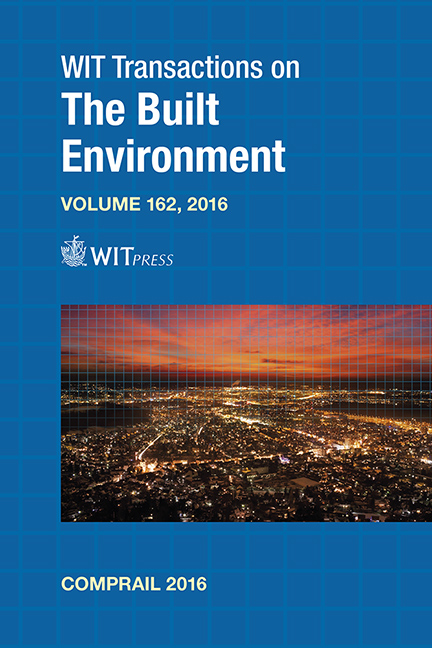Automated Verification Of Rules And Regulations Compliance In CAD Models Of Railway Signalling And Interlocking
Price
Free (open access)
Transaction
Volume
162
Pages
13
Page Range
153 - 165
Published
2016
Size
364 kb
Paper DOI
10.2495/CR160151
Copyright
WIT Press
Author(s)
B. Luteberget, C. Feyling
Abstract
The design of signalling and interlocking for railway stations can require large efforts in checking consistency with rules, regulations and expert knowledge. This obstacle can slow down projects and hinder design iterations. Much of this manual effort can be automated. We suggest a software architecture based on familiar CAD practices where railML documents and other machine-readable railway representations are embedded in CAD database elements, and an automated rule-based verification software verifies the consistency of the design with respect to the relevant rules. The theory and tools of logic programming and knowledge-base systems are used for this purpose. The verification is performed directly on a CAD model from within the CAD program user interface, and inconsistencies (rule violations) are presented to the user by highlighting the relevant objects in the CAD model. This CAD integration can greatly increase the usage of automated verification during the design process because it is performed behind the scenes and requires very little of the user. This approach also facilitates data exchange with other types of analysis tools with much less effort than the traditional process, by exporting machine-readable data formats from a CAD model. The method has been tested on a real-world design project in Norway. The performance of the implementation is promising, and the feasibility for on-the-fly rule verification on larger railway stations is discussed together with several possible ways to improve the running times. The implementation is integrated with the RailCOMPLETE® software.
Keywords
railway infrastructure, signalling, interlocking, CAD, verification, automation, logic programming, Datalog





